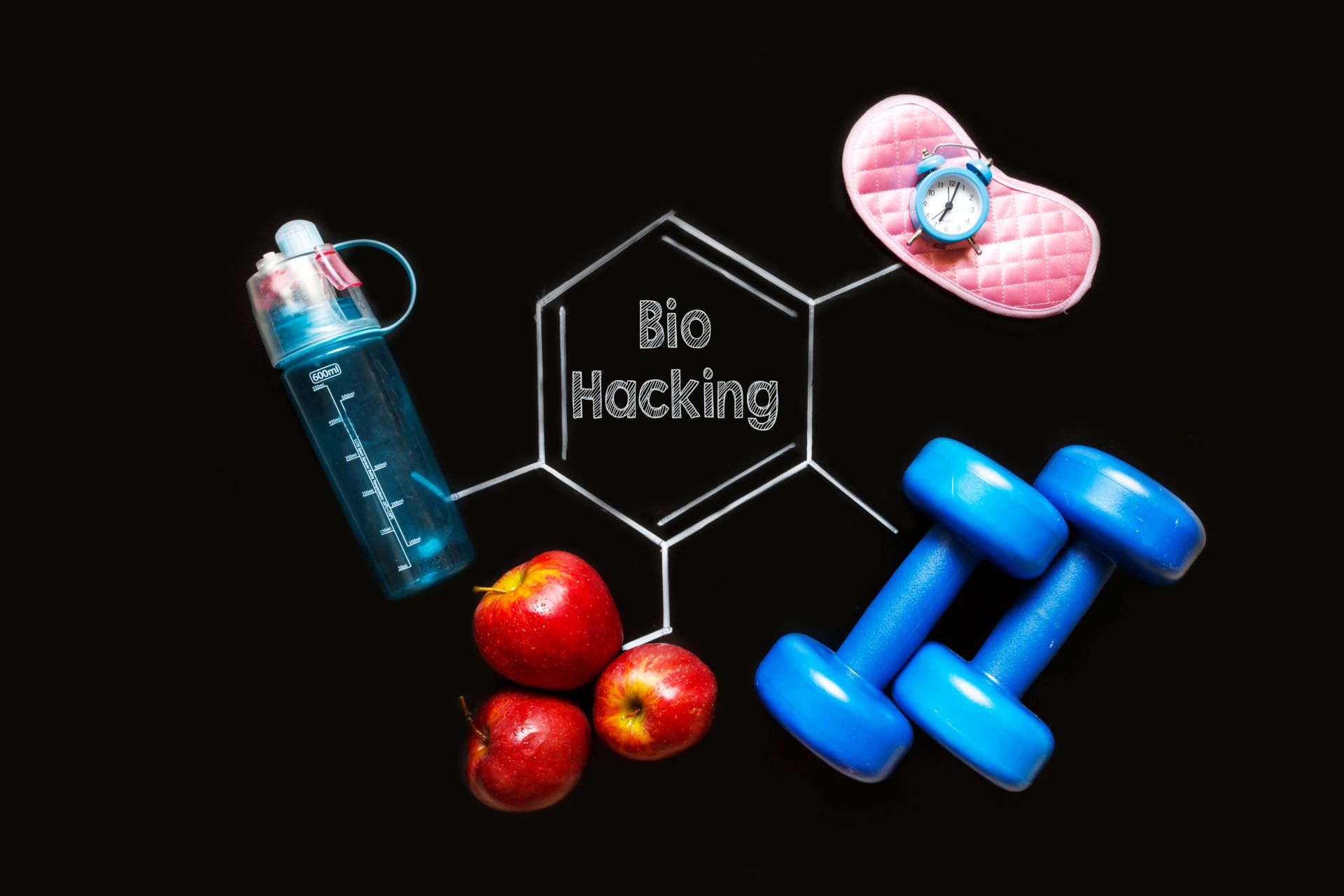
Life in the developed world is a constant race. In order not to lose quality of life, we need to constantly develop and push forward - expand our competence, develop our career, build savings, etc. At the same time, we should not let this constant rush destroy our health. For the past few years, a trend called biohacking has been developing around the world, which supports people in the pursuit of full health while improving their capabilities in many aspects.
{toc]
What is biohacking?
Biohacking is the art of optimizing the health and fitness of the human body using advances in science and technology. In practice, biohacking makes it possible to draw the maximum potential out of the human body, using various tricks to force it to do what we want it to do.
The goal of biohacking is excellent performance of the body with the fastest possible regeneration, excellent well-being and high energy levels to achieve high productivity and prolonged life with the best possible vitality. This is achieved by a number of methods, among which are very advanced tools, and some also shrouded in controversy and ethical dilemmas.
Biohacker's tools
To a large extent, biohacking is based on alternately implementing various changes and treatments into one's life, and monitoring and analyzing their effects. Based on observation of the results, further decisions are made until optimal performance is achieved in a particular area of life. To achieve this, the right tools are needed.
Monitoring of vital functions
The market is adapting to the needs and creating more and more smart technologies that allow real-time monitoring of a multitude of vital parameters. Small devices encased in a wristband, watch or even a finger ring can collect information about your heart rate, physical activity, sleep quality and often many other parameters. By analyzing these results and relating them to what has been going on at particular times/days in our lives, improvements can be made to offset most of the existing deviations from the norm. With the help of such gadgets, it is possible to monitor the changes that occur after implementing particular bio- and lifehacks.
Advanced technological gadgets
In addition to wristbands and watches, which are already heavily prevalent in society, there are also more sophisticated gadgets. Such could be, for example, home headphones equipped with EEG sensors, which either very precisely monitor the quality of sleep by analyzing changes in the distribution of brain waves, or check the excitability of the mind and allow easier entry into meditation. There may also be light manipulation equipment, such as "antidepressant lamps" that mimic daylight, or red light therapy lamps. Even more niche devices are, for example, apparatus for lowering forehead temperature during sleep to improve sleep quality, or equipment for pulsed electromagnetic field (PEMF) therapy. In the next few years, I'm sure this branch of the market will grow significantly, offering many more advanced gadgets that will be readily available (though certainly not cheap) and offer interesting health benefits.
Blood tests and others
Like gadgets, blood tests allow monitoring changes in specific health parameters, but in a much broader range and with greater precision. Blood tests are a powerful tool in the right hands. After all, being able to properly interpret the results and relate them to your life requires a lot of knowledge and a long education. Performing them on a regular basis allows you to see what effects the changes you make to your lifestyle, diet, supplementation, etc. have.
Diet manipulation
In biohacking, extreme dietary regimens, such as the ketogenic diet, intermittent starvation, or the raw food diet, are often of interest. Few biohackers are interested in a classic, balanced diet that follows WHO recommendations. The average biohacker usually experiments a lot with nutrition before hitting on his target regime that will give him the best health and well-being.
Supplements and drugs
Biohackers are most interested in those that are pro-cognitive(nootropics) and have anti-aging potential (antioxidants, among others). Among the off-label drugs used are mainly neurological drugs such as piracetam and its derivatives, vinpocetine, selegiline, etc., but not only, as metformin (an anti-diabetic drug), low doses of aspirin, and growth hormone and testosterone, for hormone replacement therapy, are also of interest.
As for supplements, a huge number of them can be used for biohacking. These can include creatine for improved muscle endurance and brain support, nootropic supplements for improved memory and concentration (Alpha GPC, CDP Choline, Huperzine A), adaptogens for stress reduction (Rhodiola rosea, Ashwagandha, Bacopa monnieri), vital mushrooms for general strengthening (Reishi, Lion's mane, Chaga), or antioxidants for slowing aging (Coenzyme Q10, PQQ, NAC, Resveratrol).
Tips for beginners in biohacking
Don't introduce everything at once. The first contact with the topic of biohacking can fill with excitement, and the descriptions of the various treatments and the opinions of some people after their implementation are incredibly impressive. It's worth keeping a cool head and approaching the subject sensibly, so that over-enthusiasm doesn't mess up your life even more.
To begin with, try to assess your initial state. Is your diet close to ideal, or are you eating very average? Have you had regular blood tests so far? Are you sleeping well? What is your level of physical activity and mental condition? Based on your answers, you will be able to arrange a list of priorities for yourself and to match them with the order of biohacking treatments you introduce.
A good practice to start with is to take a blood test and choose some sort of device to monitor your activity and/or sleep quality. Based on this, you can assess your basic parameters and take a certain direction. A good choice to start with would be one of the popular smartwatches/smartbands with built-in activity monitors and similar functionalities. At the start, also try to improve your diet, even according to generally accepted standards (modifications will come in time), and arrange a plan for increasing physical activity. You can also add supplements to your diet, such as any of the very versatile adaptogens and a nootropic of your choice if you need a mental boost. Once you implement these first treatments and learn to observe your body, you'll be able to judge for yourself what you need further down the road and choose your next, already more advanced tools with greater precision.
 ⮜ Previous article
⮜ Previous article
Is it worth eating carbohydrates at night?
 Next article ⮞
Next article ⮞